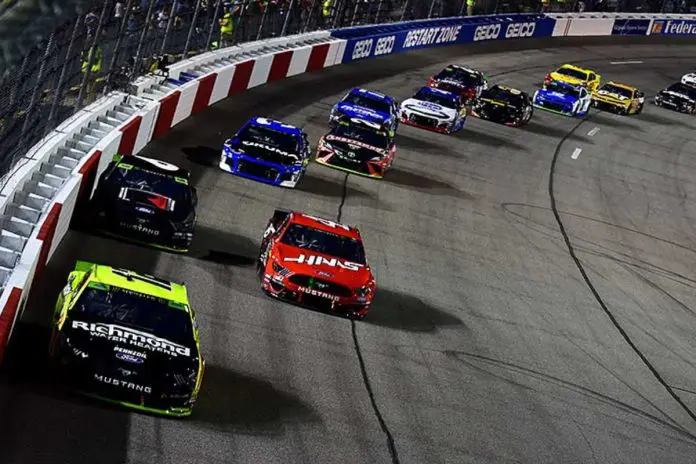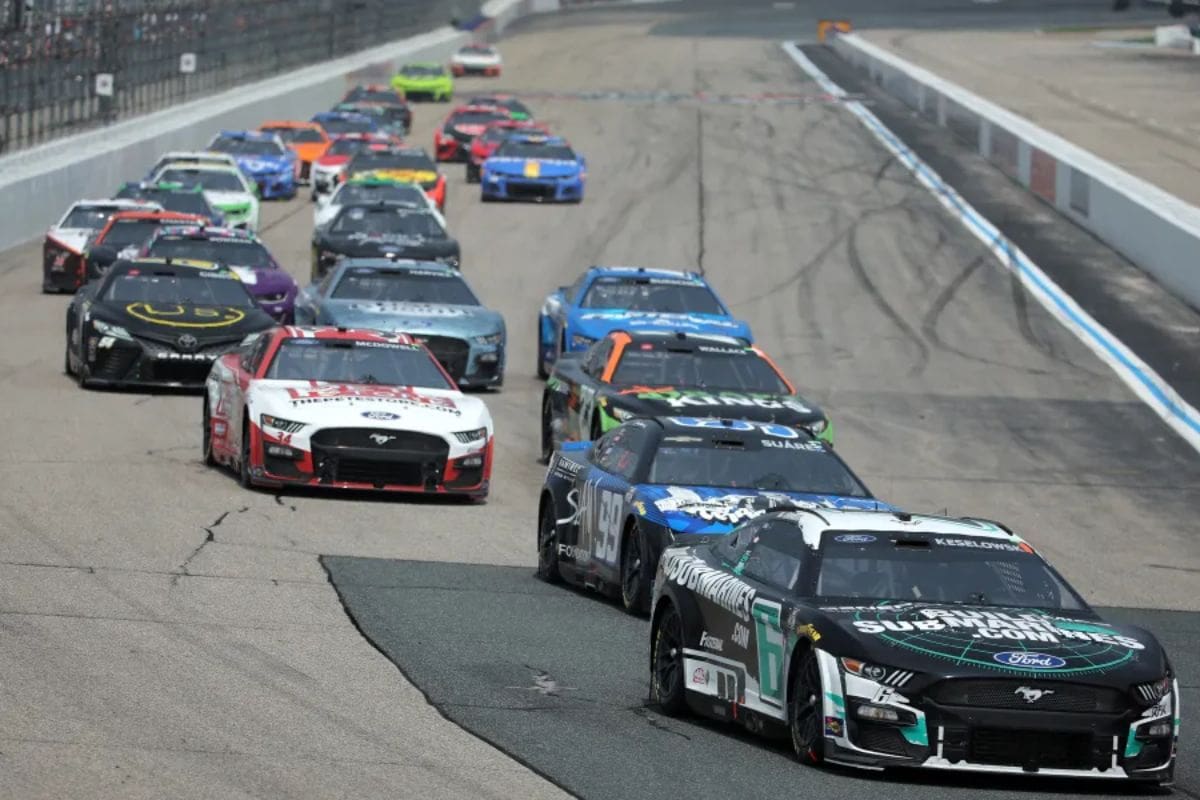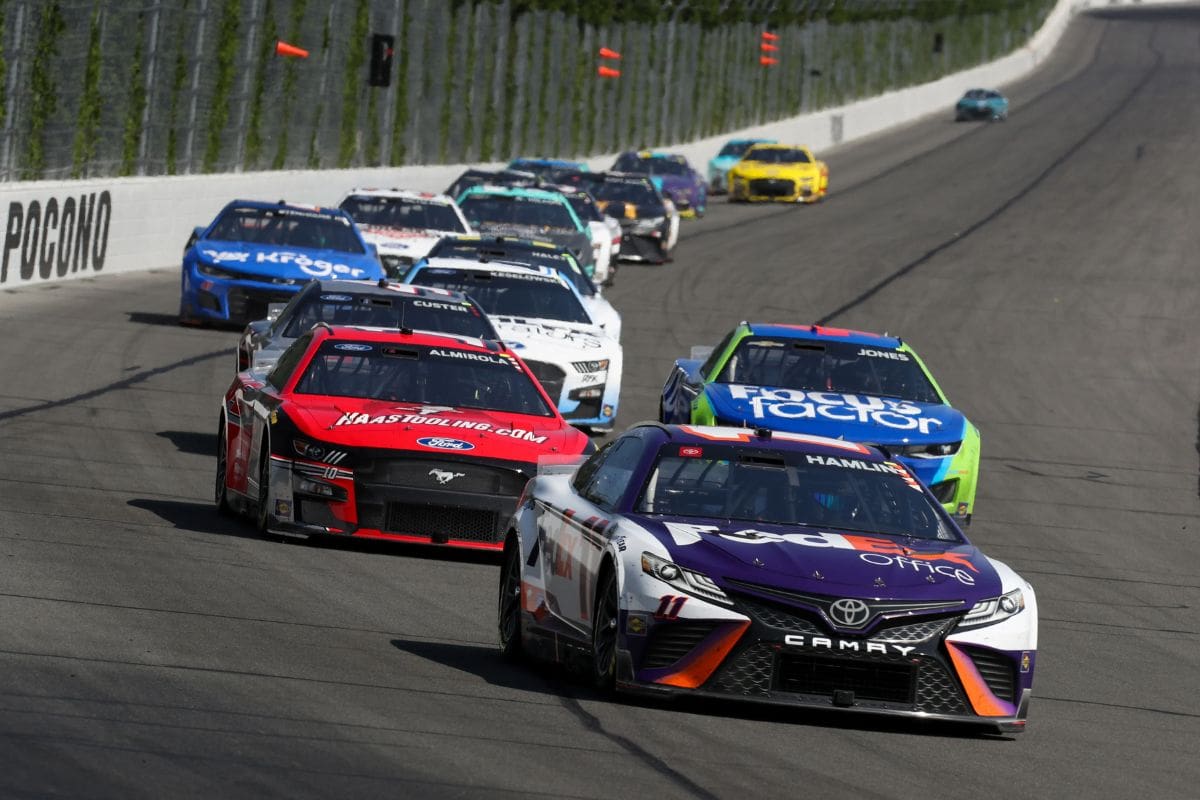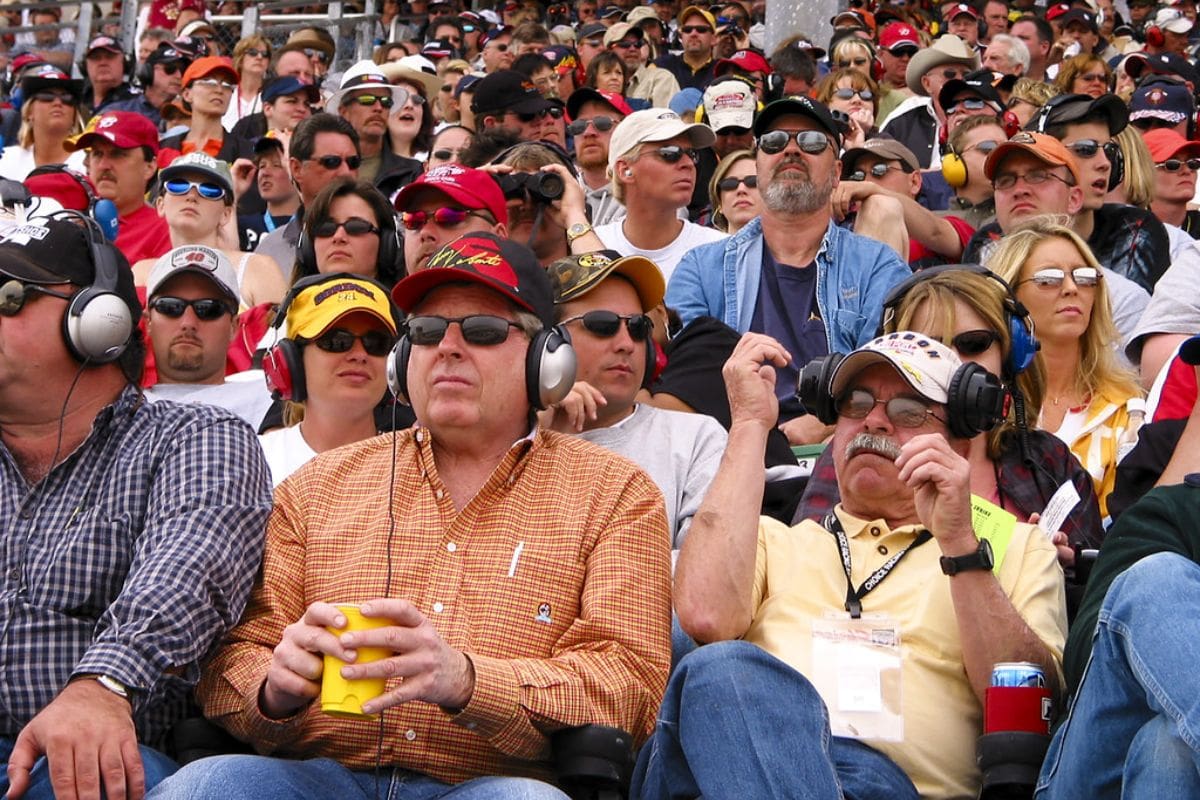NASCAR and Goodyear’s Richmond Experiment: NASCAR and Goodyear’s recent experiment at Richmond Raceway, which introduced multiple tire options, has ignited a debate among fans, highlighting a substantial rift between innovation enthusiasts and traditionalists. This initiative aimed to inject tactical depth and heightened excitement into races, yet it has sparked concerns about diluting the essence of stock car racing. As feedback from NASCAR officials filters in and comparisons are drawn to previous All-Star Race experiments, the question remains: Can NASCAR strike a balance between evolving the sport and preserving its storied heritage? The unfolding reactions suggest this is far from a settled issue.
Key Highlights
- NASCAR’s Richmond experiment with multiple tire options has polarized fans, with mixed reactions to the balance between tradition and innovation.
- Goodyear’s prime and option tires aim to impact race strategies, leading to debates on their effect on NASCAR’s authenticity.
- Fans are divided over the introduction of softer option tires, with some advocating for simplicity and others fearing a loss of traditional racing elements.
- The testing at Richmond focused on analyzing lap times and tire wear rates to assess the performance of different tire compounds.
- Increased fan demand for more engine horsepower reveals a preference for raw performance enhancements over technical adjustments like tire strategy changes.
Tire Options in NASCAR
NASCAR’s pioneering decision to introduce multiple tire options, a tactic long utilized in Formula 1, represents a paradigm shift that could fundamentally alter race strategies and team dynamics. This fresh approach, set to debut at the upcoming race in Richmond, involves a collaboration with Goodyear, a $3.37 billion tire company renowned for its inventive contributions to motorsport.
NEWS: NASCAR officials announce the upcoming race at @RichmondRaceway will have two Goodyear tire choices available to teams.
A softer "option" tire with the reward of more short-term grip and a baseline "prime" tire that provides a more lasting ride. pic.twitter.com/aZizsmrXC1
— NASCAR (@NASCAR) July 16, 2024
Historically, NASCAR teams have been restricted to a single type of tire, which has limited strategic variability. The introduction of a choice between regular ‘prime’ tires and new softer ‘option’ tires is poised to revolutionize the playing field.
The ‘prime’ tires are consistent with the traditional rubber NASCAR has used, offering durability and sustained performance over longer stints. In contrast, the new ‘option’ tires are engineered for improved short-term grip, giving drivers a fleeting performance enhancement at the expense of longevity. This dichotomy introduces a complex layer of strategic decision-making, as teams must now balance the immediate benefits of increased grip against the potential for quicker degradation and the necessity for more frequent pit stops.
Elton Sawyer, NASCAR’s senior vice president of competition, highlighted the significance of this decision, underscoring its potential to intensify competition and diversify race strategies. Teams will need to adapt swiftly to this change, leveraging real-time data analytics and advanced simulations to optimize tire selection and pit stop timing.
This strategy mimics the decision-making processes observed in Formula 1, where tire choice is a critical determinant of race outcomes. Consequently, this evolution in tire strategy is anticipated to lift the competitive dynamics in NASCAR, offering a richer, more engaging spectacle for fans and participants alike.
Testing and Feedback from NASCAR Officials
Despite the continuous evolution of other aspects of the cars, the upcoming Richmond test will determine whether the introduction of multiple tire options can improve the sport’s competitiveness, as suggested by NASCAR officials. The rationale behind this experiment is rooted in a series of prior attempts to invigorate short track racing through aerodynamic tweaks, which, as noted by NASCAR’s Senior Vice President of Competition, Elton Sawyer, “didn’t quite have the desired impact.”
“As far as our short track package, we tried some aero parts and pieces that didn’t quite move the needle like we were hoping for. Tires have proven to do that.” – Sawyer
The focus has now shifted to tires, with Goodyear providing different compounds to ascertain their impact on racing dynamics. This approach is based on the theory that varied tire options could introduce depth and variability in strategy, potentially leveling the playing field and fostering more overtaking opportunities. Sawyer’s confidence in tires as a variable stems from their fundamental role in vehicle performance and the historical precedent of tire strategy significantly affecting race outcomes.
From an analytical standpoint, the Richmond test will serve as a litmus test for the viability of this hypothesis. NASCAR officials will carefully examine data points such as lap times, tire wear rates, and driver feedback to gauge the effectiveness of the multiple tire strategy. The objective is to determine whether this element can indeed enhance the competitive nature of the sport and provide a more engaging spectacle for the fans.
🛞 @NASCAR's Elton Sawyer on decision to use the option tire @RichmondRaceway ⬇️
🗣️ "As far as our short track package, we tried some aero parts and pieces that didn't quite move the needle like we were hoping for. Tires have proven to do that."
🎧→ https://t.co/WGRTG5gVtL pic.twitter.com/64vPZOR96r
— SiriusXM NASCAR Radio (Ch. 90) (@SiriusXMNASCAR) July 16, 2024
Moreover, the feedback loop from teams and drivers will be important. Their firsthand insights into the handling characteristics and degradation patterns of the new tires will offer an empirical basis for any potential adjustments. Essentially, the Richmond test represents a crucial moment in NASCAR’s ongoing quest to refine and improve the racing experience through practical yet innovative modifications.
All-Star Race and Previous Experiments
The All-Star Race has long served as NASCAR’s experimental proving ground, where pioneering racing components such as stage breaks and option tires are revolutionary tested under competitive conditions. Over the years, this event has provided a fertile backdrop for NASCAR to introduce and evaluate innovations that can potentially redefine the sport. One notable experiment involved the implementation of stage breaks, which have since become a staple in contemporary NASCAR races, transforming the tactical dynamics of the sport.
Recently, the spotlight has shifted to the introduction of the option tire during the All-Star Race. This particular tire aimed to induce noteworthy tire wear or ‘falloff’ during the race, a phenomenon that can dramatically influence race strategies and outcomes. However, despite promising results during preliminary tests, the actual race conditions—characterized by cooler temperatures and specific track conditions—did not deliver the expected performance falloff.
- Stage Breaks:Originally tested in the All-Star Race, now a core element of modern NASCAR races.
- Option Tires: Intended to create tire wear, with mixed success in real race conditions.
- Track Conditions: Cooler temperatures during the All-Star Race impacted tire performance.
- Subsequent Testing: Follow-up tests at Iowa revealed rapid tire wear after approximately 15 laps.
- Tactical Adjustments: Teams must adapt to variable tire performance based on track conditions.
Fan Reactions and Divided Opinions
As NASCAR continues to push the boundaries of technological innovation, fan reactions to these changes have become increasingly polarized, reflecting a deep divide within the racing community. Among the contentious issues is the recent experiment with Goodyear tires, which has led to a variety of impassioned responses from enthusiasts.
One segment of the fanbase perceives the modifications as a departure from NASCAR’s storied traditions. A fan articulated this sentiment by likening NASCAR’s evolution to Formula 1, lamenting that the sport is “slowly morphing into open-wheel racing.” This comment highlights a broader apprehension that the essence of NASCAR, characterized by its distinct style and racing ethos, is being diluted by innovations that prioritize speed and technological sophistication over the raw, gritty competition that many long-time fans cherish.
Conversely, there are fans who remain cautiously optimistic about the changes, yet their optimism is tinged with skepticism. The All-Star Race, which served as a testing ground for the experimental tires, left some spectators unimpressed. One fan expressed a mix of hope and concern, remarking, “God, after the all-star race, I hope this works.” This statement emphasizes the stakes involved; while the new tires promise faster laps, their accelerated wear rate poses challenges that could impact race dynamics and driver strategy.
The debate is emblematic of a larger dichotomy within the NASCAR community: a struggle between embracing innovation and preserving tradition. As NASCAR and Goodyear continue to refine their approach, the reactions from fans will undeniably play a pivotal role in shaping the future direction of the sport.
Mixed Fan Reactions and Expectations
Navigating through the maze of fan opinions, NASCAR’s introduction of tire choices has sparked an intricate dialogue that encompasses both caution and excitement. The shift to offer teams two sets of softer alternative tires for the race, in addition to six primary tires, has ignited a spectrum of reactions, mirroring the sport’s varied fan following.
A notable segment of fans questions why the race couldn’t be exclusively on softer tires, which offer more traction and potentially more competitive racing. They argue this could simplify strategies and preserve the core of stock car racing. However, others view this change as an unnecessary complexity, possibly watering down the authenticity of the sport.
“Why not just have the race with only the softer tire?”
“This is called we give up or don’t know what to do to make the car better.” – fans’ reaction
Conversely, there are fans who crave more fundamental alterations, such as increased engine power, which they believe would result in more exhilarating races.
“We Want Horsepower.” – fans; reaction
- Streamlining vs. Elaboration: Some fans support a single tire choice to simplify strategies.
- Heritage vs. Progress: There is a noticeable conflict between preserving NASCAR’s traditional aspects and embracing new innovations.
- Performance Expectations: Fans’ demands for more horsepower indicate a preference for direct performance enhancements.
- Tactical Ramifications: The introduction of different tire variants introduces complexity to race strategies, appealing to strategically-minded fans.
- Enthusiasm Levels: The discussion itself showcases the fervent enthusiasm of NASCAR’s fanbase, each with unique expectations.
News in Brief: NASCAR and Goodyear’s Richmond Experiment
The introduction of multiple tire options in NASCAR through Goodyear’s Richmond Experiment has ignited substantial debate, reflecting a complex interplay between innovation and tradition.
While the potential for increased tactical depth and excitement exists, concerns about the impact on the authenticity of stock car racing remain prevalent.
This controversy highlights the inherent challenge NASCAR faces in evolving the sport while maintaining its historical roots, emphasizing the diverse perspectives within its fanbase.
ALSO READ: North Wilkesboro’s Goodyear Repeat Stirs Concerns of NASCAR Becoming Like IndyCar




